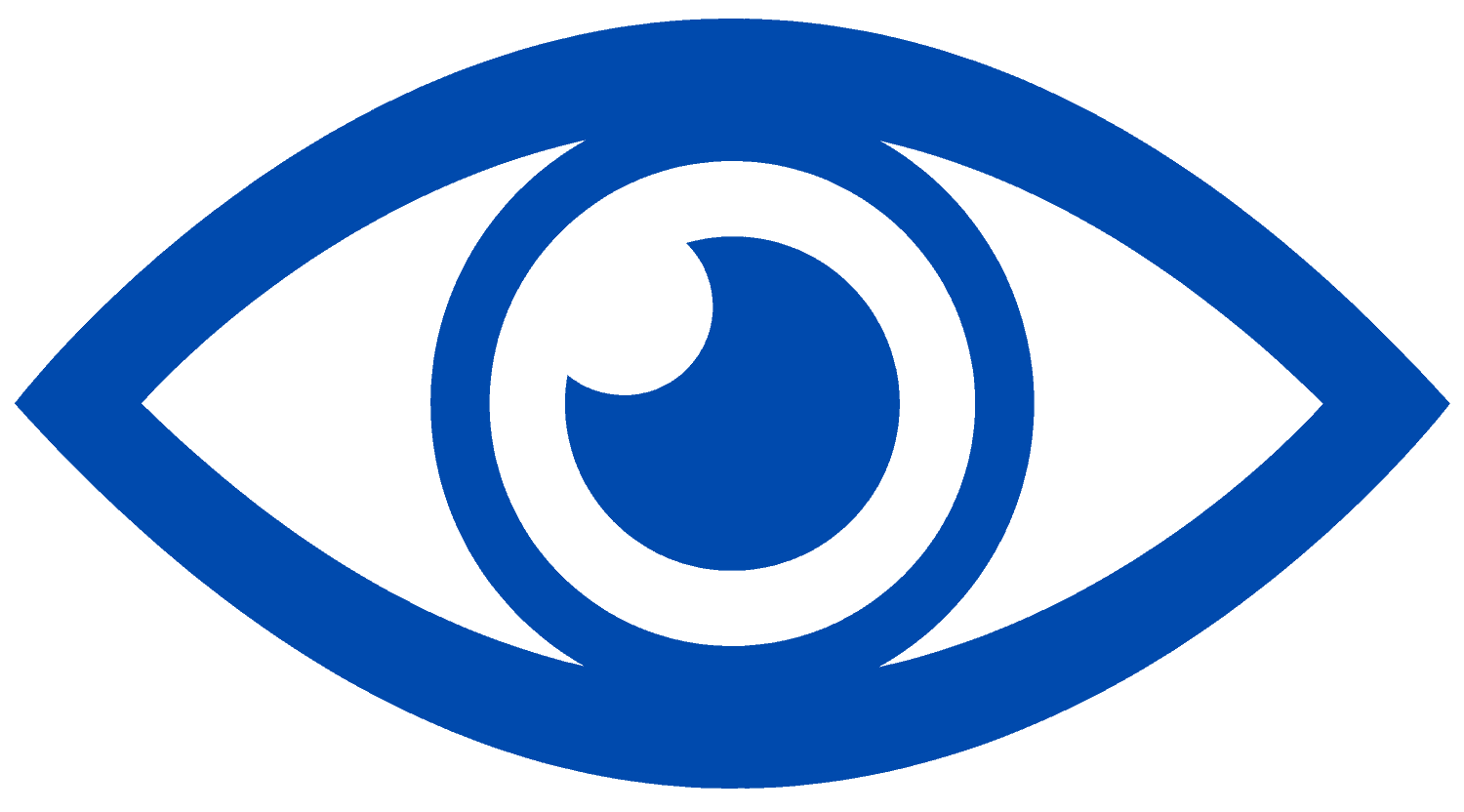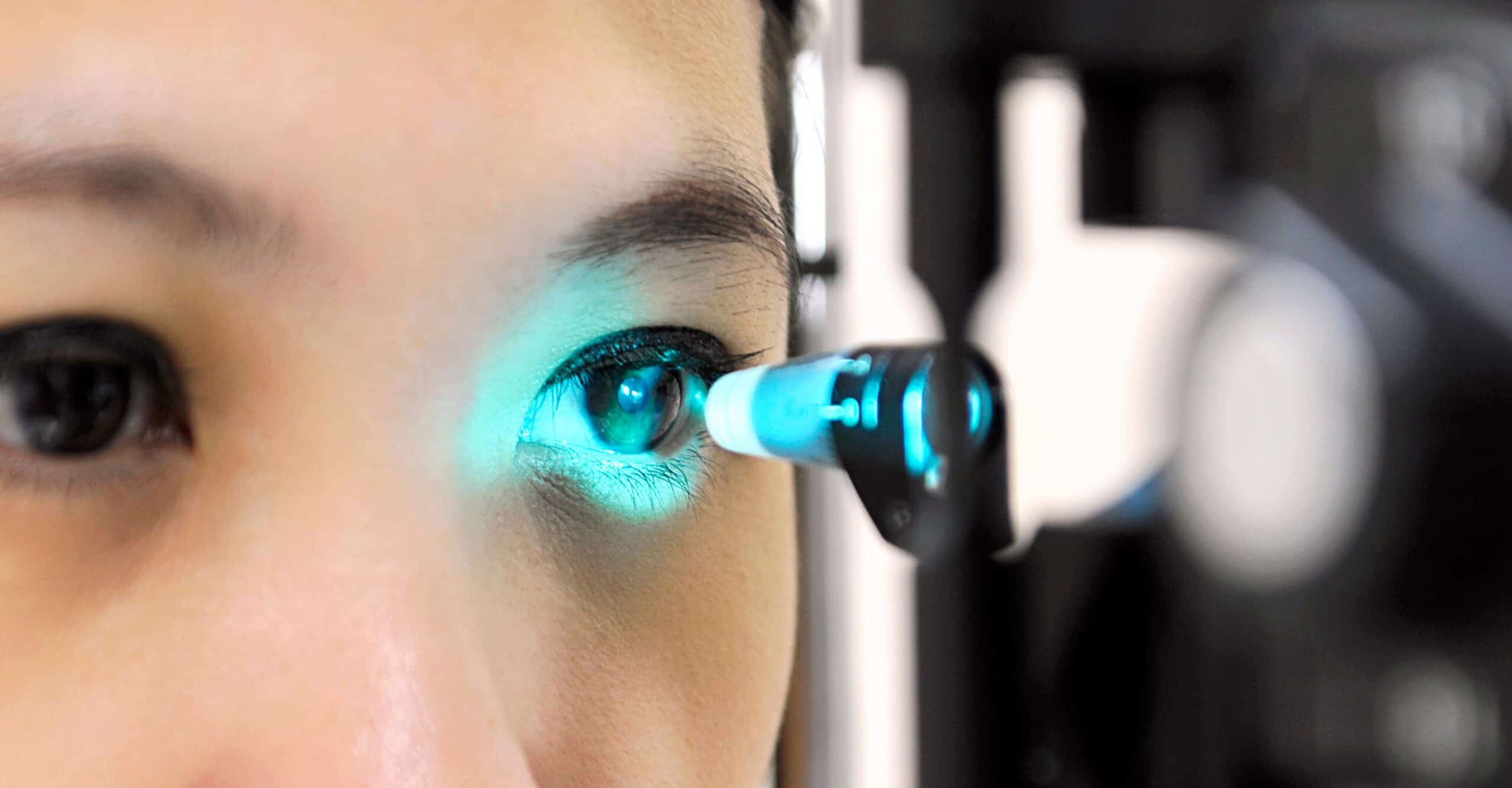When your optometrist informs you that you have narrow angles, it’s crucial to understand what this means for your eye health. Narrow angles can predispose individuals to a potentially sight-threatening condition known as acute angle closure glaucoma. In this blog post, we’ll delve into what narrow angles are, the risks associated with acute angle closure glaucoma, the role of cataract surgery in managing narrow angles, and the importance of laser peripheral iridotomy in primary angle closure suspects.
What are Narrow Angles? Narrow angles refer to a condition where the drainage angle in the eye, which allows fluid to exit the eye and maintain intraocular pressure, is narrowed. This narrowing can impede the flow of aqueous humor, leading to an increase in intraocular pressure (IOP) and potentially causing damage to the optic nerve over time.
The Risk of Acute Angle Closure Glaucoma: In individuals with narrow angles, there is an increased risk of developing acute angle closure glaucoma. This occurs when the drainage angle becomes completely blocked, causing a sudden and significant increase in intraocular pressure. Symptoms may include severe eye pain, blurred vision, headache, nausea, and vomiting. Without prompt treatment, acute angle closure glaucoma can result in permanent vision loss.
Role of Cataract Surgery in Narrow Angles: Cataract surgery plays a significant role in managing narrow angles, particularly in individuals with coexisting cataracts. During cataract surgery, the cloudy lens is replaced with an artificial intraocular lens (IOL). This procedure can deepen the anterior chamber angle, widening the drainage angle and reducing the risk of angle closure.
Laser Peripheral Iridotomy for Primary Angle Closure Suspects: Laser peripheral iridotomy (LPI) is a preventive procedure recommended for individuals identified as primary angle closure suspects. During LPI, a laser is used to create a small hole in the iris, allowing aqueous humor to flow freely between the anterior and posterior chambers of the eye. This helps equalise pressure and prevents the iris from blocking the drainage angle, reducing the risk of acute angle closure glaucoma.
Narrow angles can pose a significant risk for individuals predisposed to acute angle closure glaucoma. Understanding the implications of narrow angles and the importance of timely intervention is crucial for preserving vision. Cataract surgery can play a vital role in widening the drainage angle, while laser peripheral iridotomy is an effective preventive measure for primary angle closure suspects. By working closely with your eye care provider and undergoing appropriate interventions, you can mitigate the risk of acute angle closure glaucoma and maintain optimal eye health.



